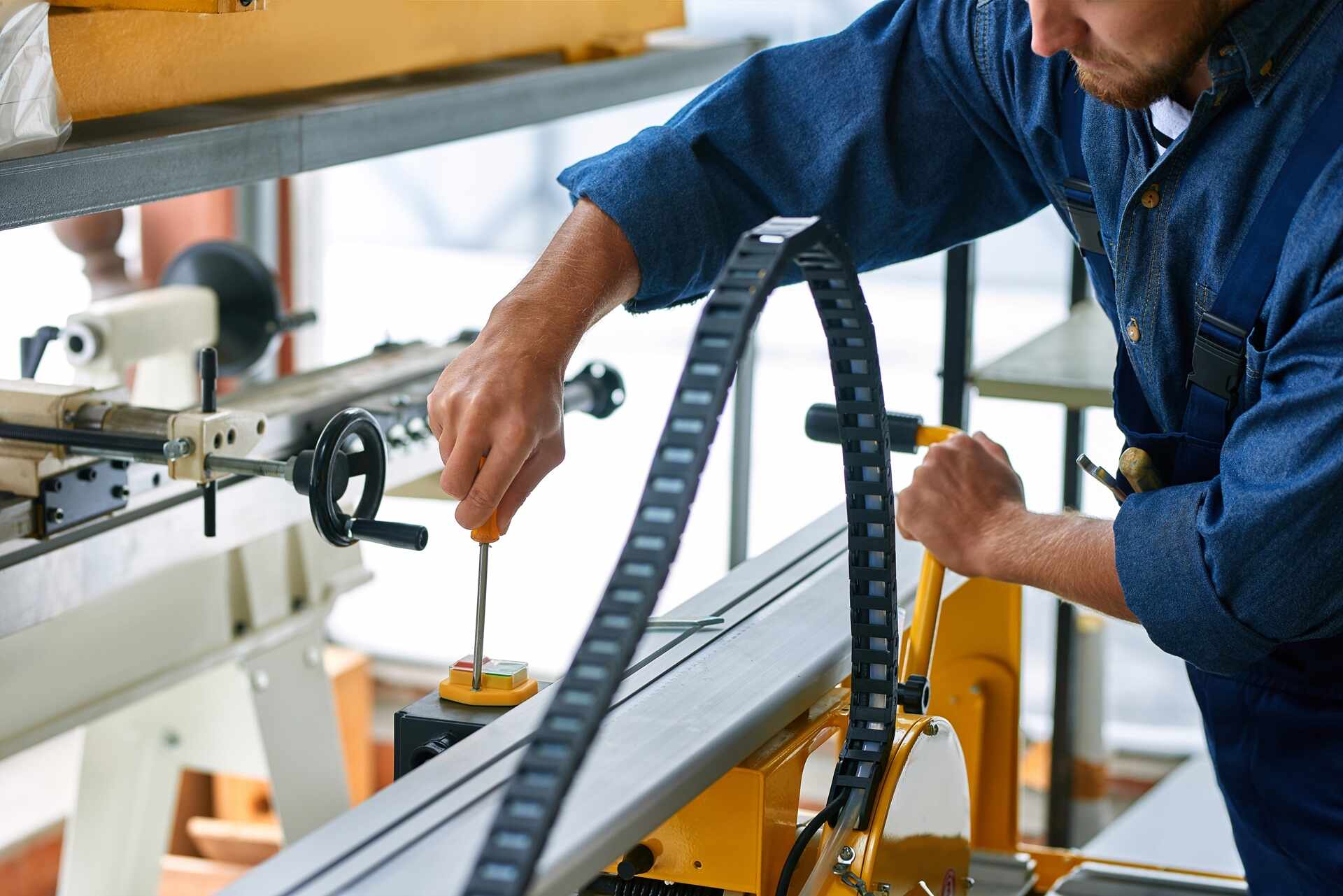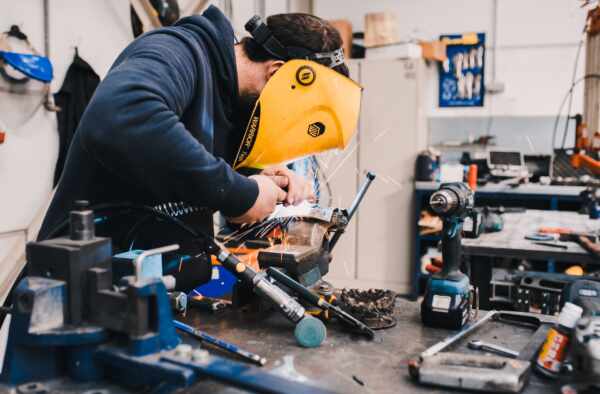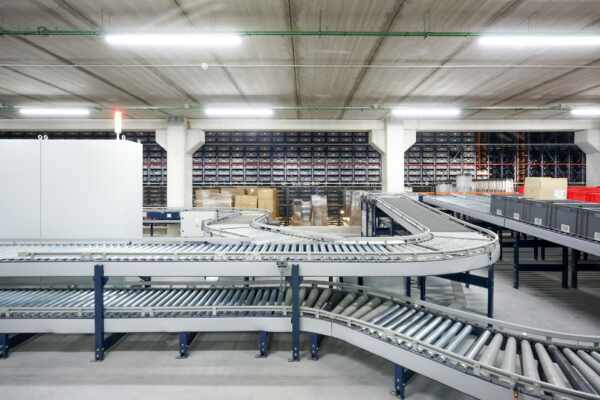Conveyor belt systems are integral to a wide range of industries, serving as the backbone of efficient material handling, processing, and transportation. Over time, these systems endure wear and tear, leading to potential issues that may compromise productivity and cost your business valuable resources. When faced with an underperforming or damaged conveyor belt system, the decision to repair or replace can be a challenging one. In this ultimate guide, we’ll help you explore the factors to consider when determining the most appropriate course of action for your facility, ensuring that cost-effectiveness and productivity remain at the forefront of your decision-making process.
We understand that no two conveyor belt systems are the same, and the ideal solution for one facility may not work for another. That’s why our guide aims to provide a comprehensive overview of the key elements to consider when evaluating whether to repair or replace a conveyor belt system. From assessing the nature and extent of damage to understanding the impact of downtime on your operations and the potential long-term costs of each option, our guide will empower you to make the most informed decision for your unique circumstances.
As conveyor belt specialists, our passion lies in assisting you in optimising the performance of your material handling systems, guaranteeing they run at peak efficiency and adapt seamlessly to the ever-changing demands of your industry. Embark on this journey with us and discover the strategies and insights needed to make the best choice between conveyor belt repair and replacement, ensuring that your facility operates at its highest potential while minimising unnecessary costs and downtime.
1. Assessing the Nature and Extent of Conveyor Belt Damage
The first step towards making a well-informed decision about conveyor belt repair or replacement is to assess the nature and extent of the damage. A thorough inspection can help you pinpoint any issues and develop a clearer understanding of the potential impact these might have on your operations.
Key elements to look out for during inspections include:
- Belt wear and tear: Keep an eye out for signs of excessive wear, such as fraying, delamination, or cuts that may lead to belt failure or costly operational disruptions.
- Splicing issues: Inspect the integrity of the belt splices, as proper splicing is crucial for conveyor belt performance and longevity.
- Pulley and idler condition: Check for any visible damage or misalignment of the pulleys and idlers, which can negatively impact the belt’s performance and cause further damage if not addressed promptly.
2. Evaluating the Impact of Downtime on Your Operations
When considering repair or replacement, it’s crucial to take into account the potential downtime caused by each option. Consider factors such as the availability of replacement parts, the time needed for repairs or installation, and the potential impact on your production schedule. By weighing the pros and cons of each option in terms of downtime, you’ll be better equipped to make a decision that minimises disruption and maximises productivity within your facility.
3. Understanding the Long-Term Costs of Repair vs. Replacement
While the immediate costs of repair or replacement may be easy to determine, it is crucial to take a step back and evaluate the long-term financial implications of each decision. Repairs may initially be more cost-effective but could lead to higher maintenance costs and reduced system performance over time. On the other hand, replacing a damaged conveyor belt may involve a larger upfront investment but could provide long-term savings due to improved efficiency, reduced maintenance needs, and extended system lifespan.
4. Considering the Age and Condition of Your Conveyor Belt System
The age and overall condition of your conveyor belt system can also play a significant role when deciding between repair and replacement. If your system is relatively new and otherwise in good condition, repairing an isolated issue may be the more practical choice. However, if your system is nearing the end of its lifecycle or facing recurring issues, investing in a full replacement may be the most cost-effective solution in the long run.
Conclusion
Deciding whether to repair or replace a damaged conveyor belt system ultimately comes down to evaluating the nature of the damage, the potential impact of downtime on your operations, the long-term financial implications of each option, and the age and condition of your system. By considering these factors and applying the principles outlined in this guide, you can make an informed decision that supports the efficiency, cost-effectiveness, and overall success of your manufacturing operations.
If you need assistance in determining the best course of action for your conveyor belt system or require expert advice on repairs or replacements, Change Parts Pty Ltd is here to help. With years of experience in the industry and a comprehensive range of conveyor belt solutions, our team can provide tailored guidance and assistance to ensure your facility operates at its full potential. Get in touch with us today to discuss your conveyor belt repair and replacement needs and discover how our expertise can contribute to the success of your operation.




